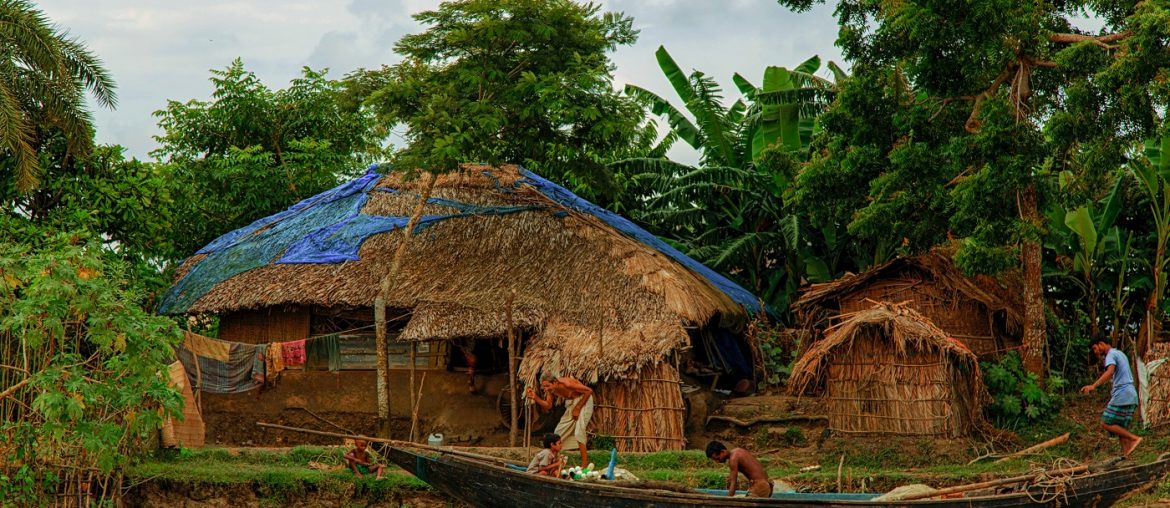Culture plays a massive role in the identity of people and nationalities. It ebbs and flows like a river. And just like a river, there is formation and erosion of culture. This is why culture cannot be easily defined. Only by looking at nationality, ethnicity, language, and religion can you truly define the culture of people. And only these factors can bring everlasting change to culture. A great example of such a change is the rich and ever-evolving culture of Bengal. What was once a perfect example of folk culture has evolved into a sprawling urban culture. And this change has had an enormous influence on architecture, arts, cuisine, and most other facets of life in Bengal. Today we will take a look at how the culture of Bengal transitioned from a predominantly folk culture to urban culture.
Folk Culture & Urban Culture of Bengal
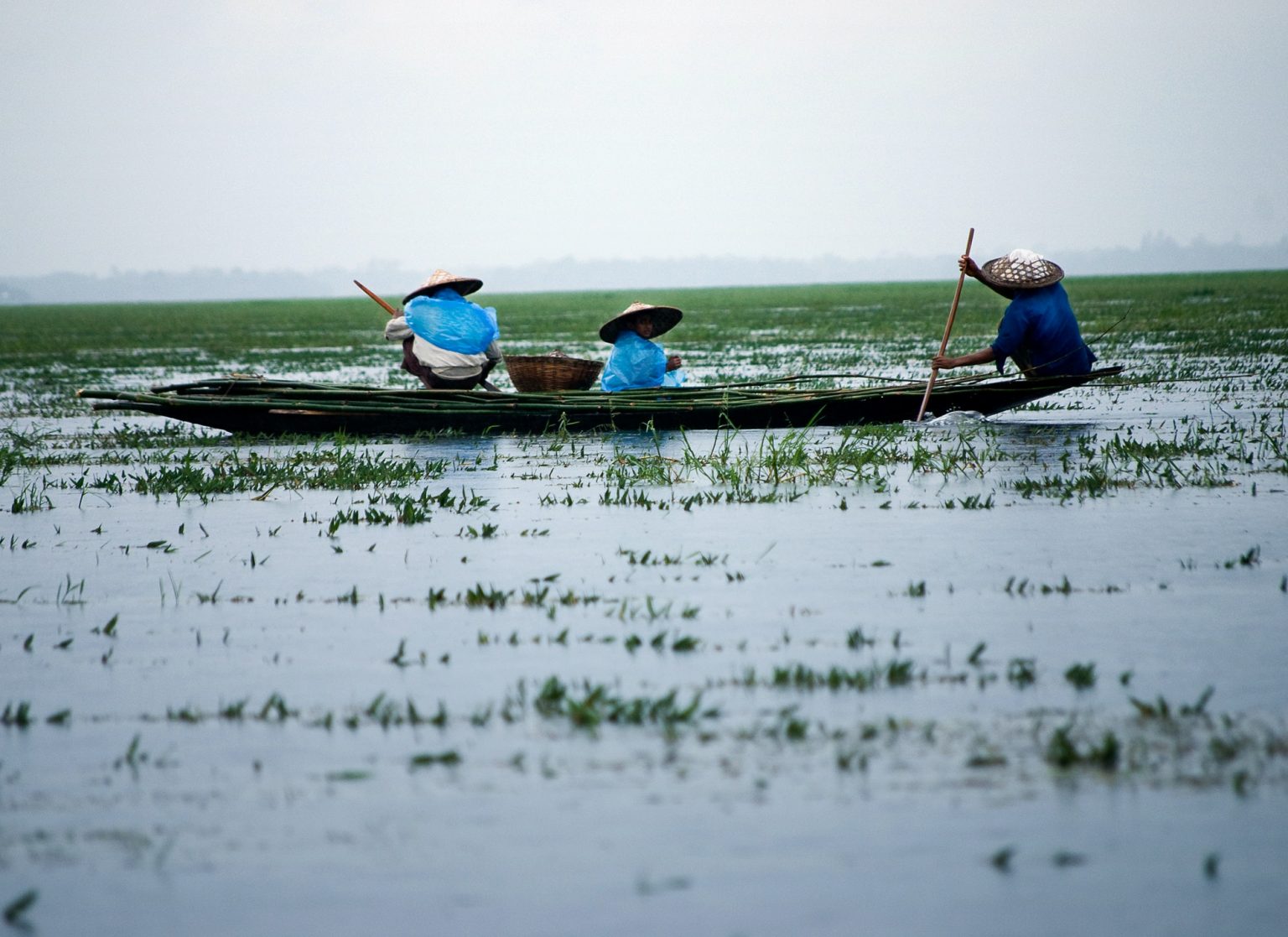
Technological advancement and modernization are what made the urban culture of Bengal, with this transformation taking place in and around the early 90s. The folk culture of Bengal, however, has a much richer history shaped by the land and rivers of the region. This has had a huge influence on our homes, fashion, cuisine, and many other aspects of life. And this has been shaped from ancient times, with the habits and superstitions of the ancient inhabitants of this land. This culture was shaped by folk music and folk festivities. But all that changed with the propagation of high-rise buildings, cars, and other modern technologies. That is when the culture of Bengal started to shift towards an urban culture.
Homes of Bengal

The influence of culture on the homes of Bengal is mostly a result of the natural geography of the region. This is why the houses look and feel different in different regions of Bengal. The Palm Leaf Hut, Mud House, and Tin Shed House were some of the traditional homes in Bengali villages. But this has been changing in recent years, as more people opt for brick houses, even in small villages. This wind of change has been brought in by the influence of urban culture.
In the cities, tall towers of steel and concrete are being constructed, housing within them every luxury known to man. In these towers, each family lives in their own apartment, and each family member has their own room, with extra living rooms, dining rooms, and a kitchen. This is a far cry from the small one or two room traditional village homes that Bengal has known for most of its history. Great examples of the evolution of urban culture are the tall skyscrapers of Dhaka.
Furniture and Accessories
Culture has an impact on not only our homes but the things that we use inside of our homes. In ancient times, clay and terracotta were the main materials used to create utensils such as pots and pans. These materials still have prevalence in urban culture, through the propagation of Bangaliana in home decor. But in modern days, utensils and kitchenware is mainly made of steel and ceramic. Wood is another material that was popular in folk culture, with woodworking being a noble profession in the old days. They used to etch designs of everything in the surrounding nature into their work, including birds and trees. Woodworking still exists in modern times but is not as prevalent in urban culture.
Cuisine of Bengal
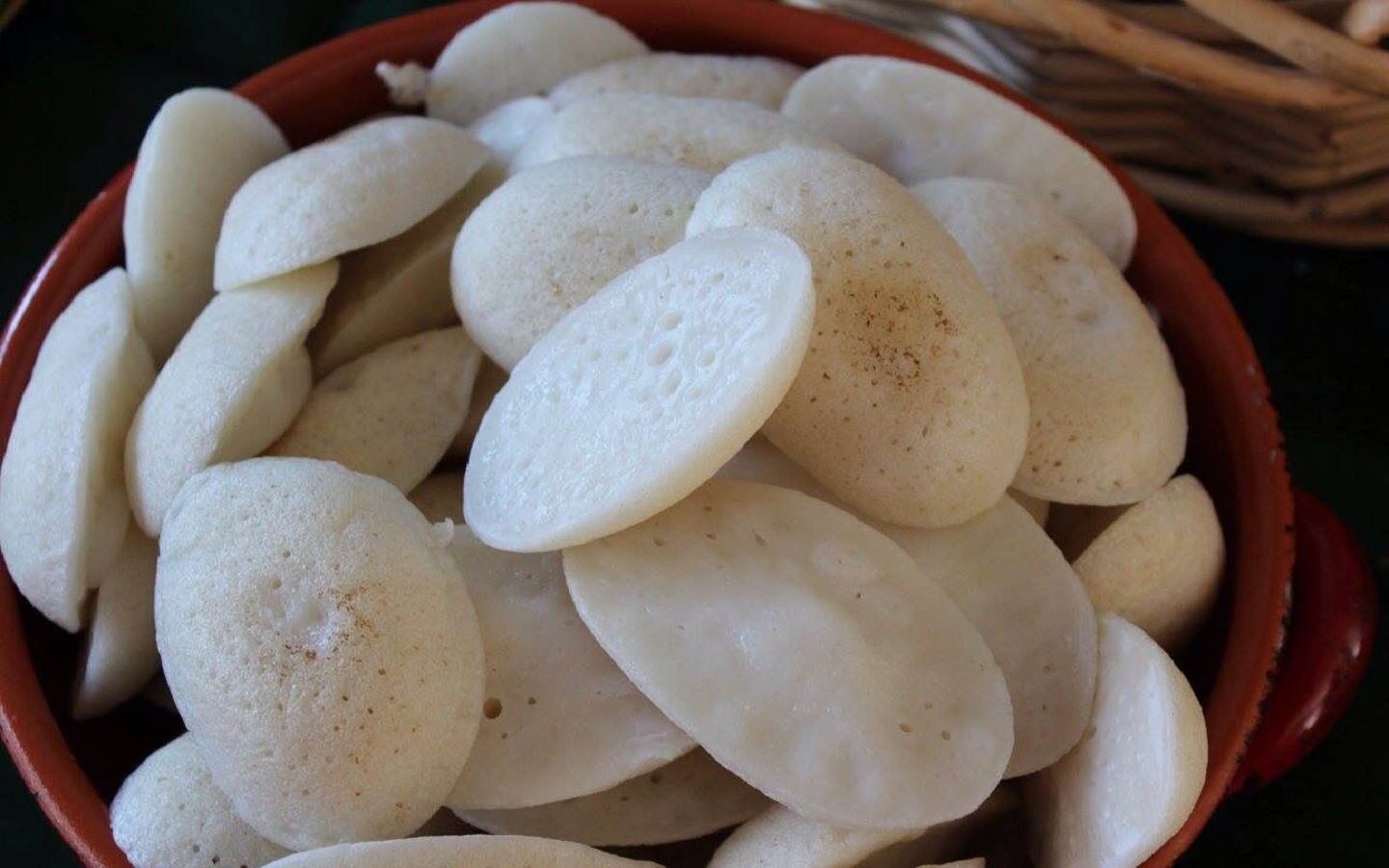
Traditionally, Bengalis ate rice steamed inside banana leaves with ghee, fish, and spinach. Some eating habits from folk culture can be seen to this day, as is evident from the beloved practice of having Khichuri when it rains. And the numerous pithas and sweets we make at our modern homes originate from folk culture, where these were made to celebrate village festivities. Nowadays, we still hold on to traditional cuisine, but the people of Bengal have also accepted foreign cuisine into their daily lives. This includes continental cuisine from Europe, Italian cuisine, Chinese cuisine, and Mexican cuisine.
Fashion and Style in Bengal
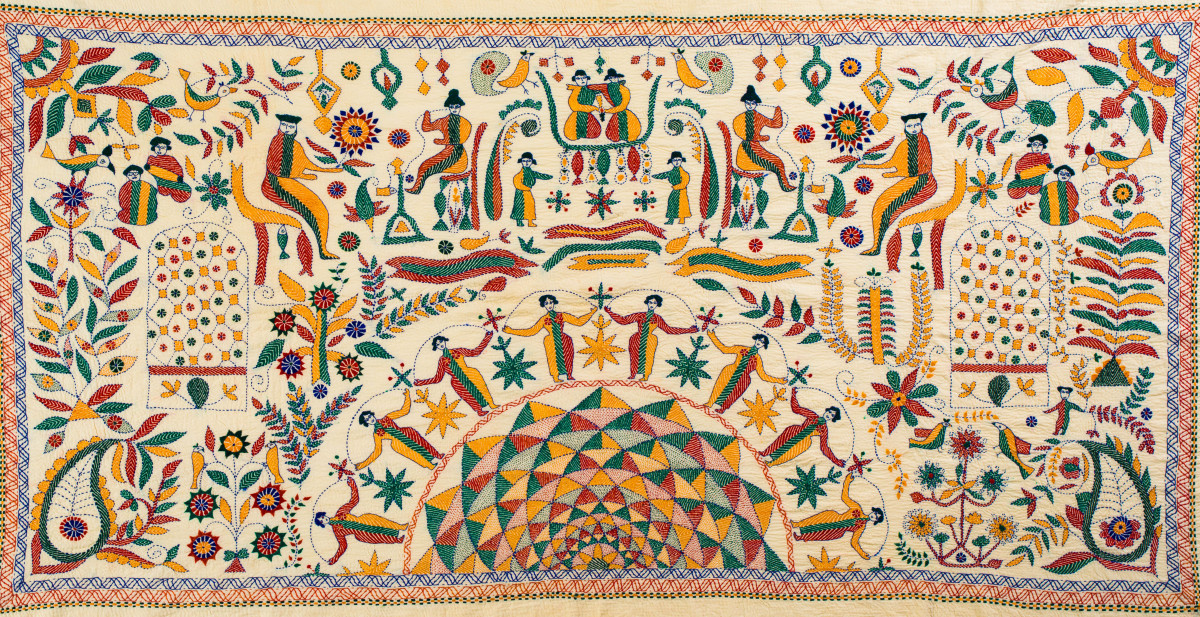
Fashion and style are some of the most important markers of culture. And in the culture of Bengal, the most iconic clothing is the Saree that the women of Bengal wear. And it has been worn by the women of Bengal since ancient times, as is evident by the sarees that were found in the ruins of Paharpur. But in urban culture, the saree has become the clothing of choice for festive occasions. The clothing of men also underwent massive changes. During ancient times, the men of Bengal did not wear stitched clothing, preferring to wear dhutis.
Another iconic piece of clothing is the gamcha, which was worn with the dhuti by men. Although both these articles of clothing still exist, neither are prevalent in modern culture anymore. One item which truly is the embodiment of folk culture in Bengal is the humble Nakshi Kantha. A practice that arose from poverty, where women reused old sarees and made them into blankets and quilts, has now become an integral part of our cultural identity.
Arts and Entertainment
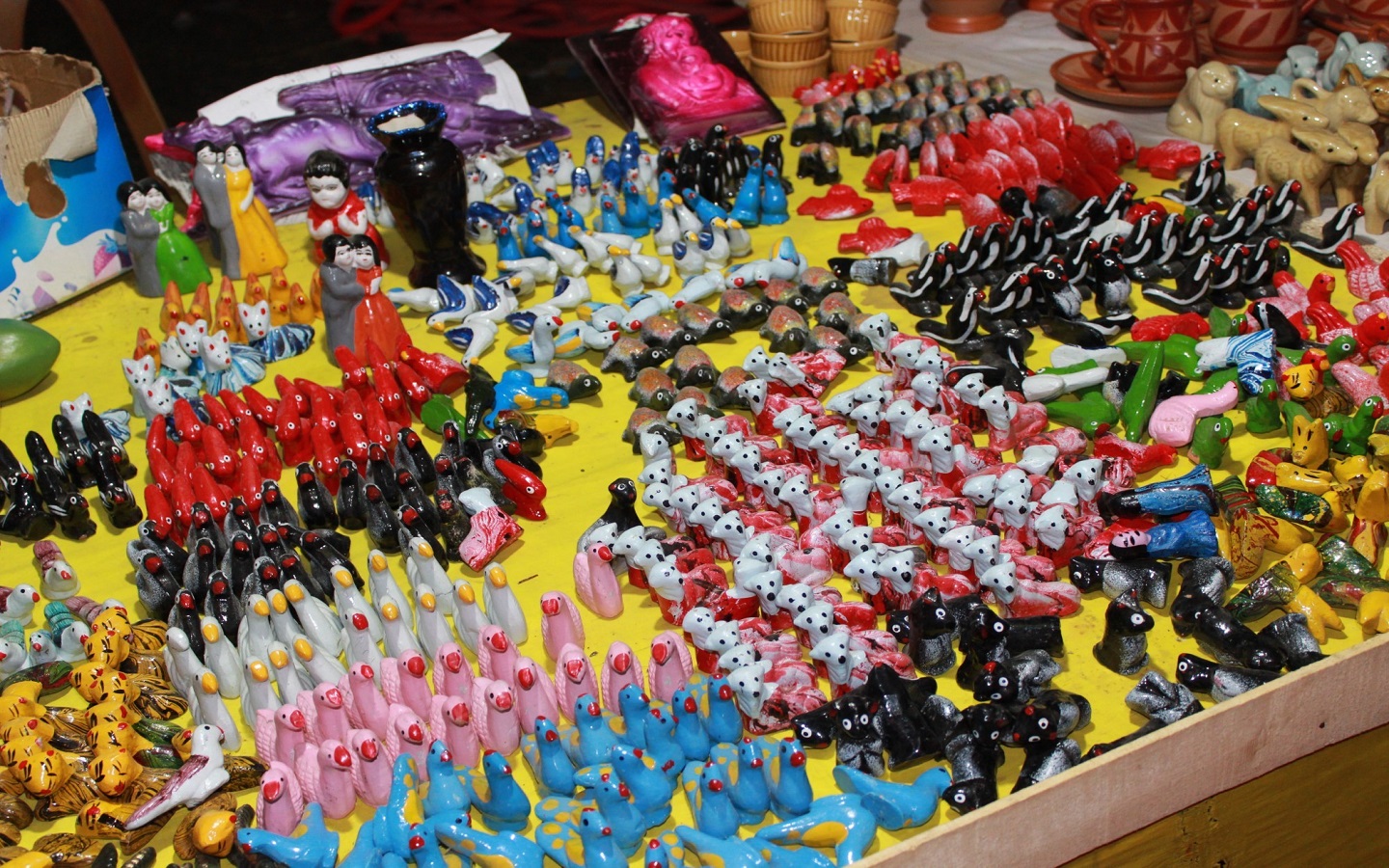
Folk culture has played a massive role in the arts of Bengal, with folklore and folk music still a big part of the arts and culture in Bengal. Each region has its own version of folk music, with each variation becoming an integral part of the identity of people of those regions. Examples include Bhatiali and Baul music, both of which are still very popular nowadays. The games that children play have also originated from folk culture, including games such as Kana-machhi (Bengali version of tag), and Kabaddi. The fairs that are held in villages and towns are another practice that has been passed down through the ages. But a lot has changed, with superheroes such as Batman, Superman, and Spiderman having taken the place of folk tales such as Thakumar Jhuli. Nowadays, entertainment means Netflix and Amazon, and sports means Football and Cricket.
A lot has changed over the years, with the culture of Bengal transitioning from folk culture to urban culture. How do you think your life has been shaped by the folk culture and urban culture of Bengal. Let us know in the comments.

